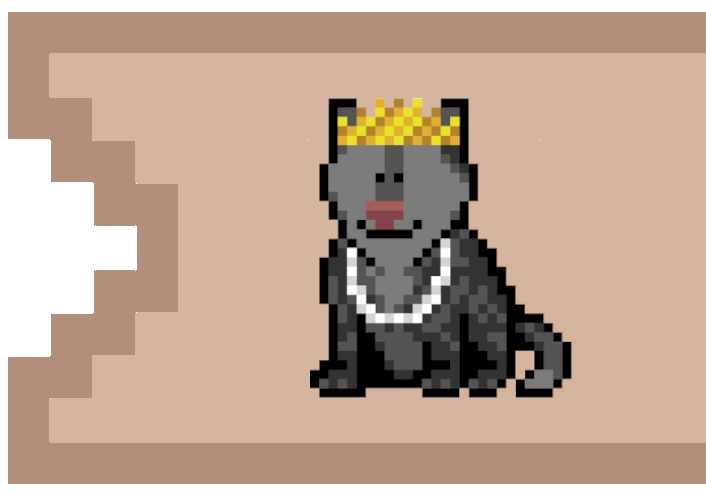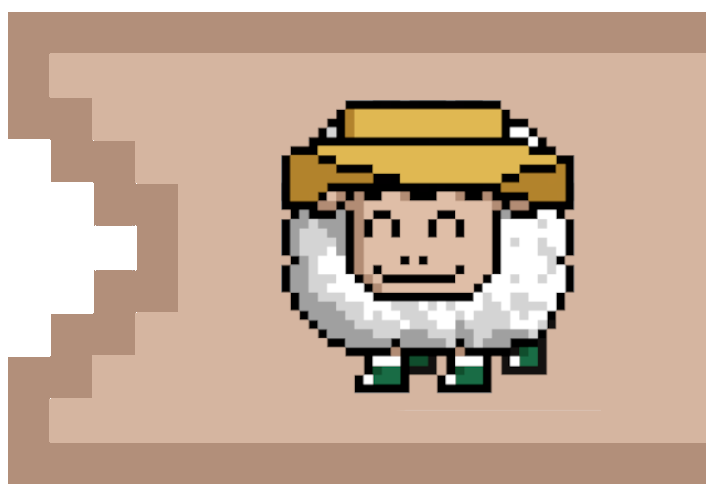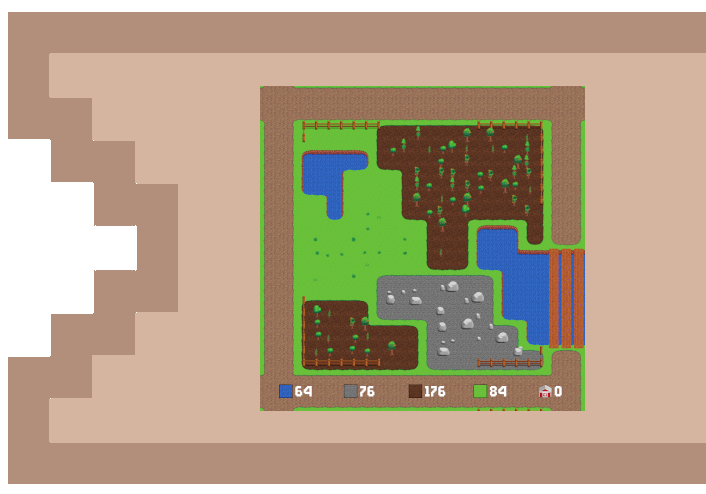



Sheep collecting - 25 wool burn (was 0)
Sheep breeding - 5k grass (was 2k)
Sheep breeding - 4k wool (was 1k)
Wolf Breeding - 10k wool (was 2k)
Wolf Breeding - 3k chops (was 1k)
Farmer Use - 100 wool burn (was 0)
Farmer Cooldown - 30 day max (was 30-50 depending on use/type)
Silos Decay - 1% per day (was 0)
With this round of governance voting, there were two parties that came out as the "biggest losers" of the vote: 1) barn owners that wanted to rent out their barns and 2) small players that rent barns for breeding. You might argue that this cost increase is justified because of the sheep value increasing. However, my stance is that it's a wash because the value of wool will continue to go up at a higher rate than the value of sheep.
One thing is clear, if you've been breeding for the last 11 months, you've been playing the game while it's been on easy mode. With all that said, I'd like to make it clear that I am 100% in favor of the price increases, and I'll explain a lot of the reasons why below.
If you don’t own a barn for breeding, your breeding costs are going up significantly. For example, I’ve been renting barns at around 3k and 5k, which will now cost 7k and 9k. Also, I decided to buy my own barn last week in order to keep my breeding costs lower, so you could argue the increase in base costs will create a higher demand for people to own the barns they breed in./p>
Sheep gathering now costs 25 wool + 10 energy to initiate. This won’t change the overall gathering profitability much, but it will produce a modest increase to wool burns in the valley. With 4,500 sheep gathering, this should burn about 2.7-3M wool over the next 12 months.
If you were planning to rent out your barn to smaller players for breeding, this could start to become challenging. Although higher sheep values should incentivize players to pay more for breeding, Wool value is also going up. New players coming into the game may not have an issue paying higher rates for breeding, but existing players like myself may look for other options or change up their strategy.
If you’ve been breeding in your own barn for the last 11 months, then you’ve really taken advantage of cheap breeding. The new increased rates shouldn’t slow down the breeding demand from this group of people who own their structures, as the value of breeding is still high even with the increased base costs.
Farmers are the biggest winners for this round of governance voting. Cooldowns will change from the ending of the farmer action and start at the beginning instead. This means if you’re using a Big Daddy for gathering protection, he will be ready for his next action only 10 days after his current protection cycle ends. This also affects all farmer types, not just Bigs.
Not only does this mean farmers are much more efficient, but also protection gathering and 2x gathering multipliers have gained efficiency against instant claiming, tax claiming, and breeding protection.
Finally, the 100 wool burn per farmer action is the biggest wool burning change, especially when you consider shorter farmer cycles from the cooldown change. The burn rate projection with these changes comes to about 14M wool burned over 12 months or 1.66M per month.
The only major change for wolf owners is breeding cost. Wool base cost is increased by 5x, and Chops cost increased by 3x. I’m expecting this to have little impact on the whales breeding their wolves, and will serve as a significant boost for burning chops and adding wool to the Peak Rewards pool.
Grass and Chops are impacted the most with this round of governance voting. The Grass market has already been showing strength as breeding demand continues to push all time highs, this should only add more pressure on the demand side for Grass. As that continues, more breeders will use their gen2 sheep to gather grass in order to fuel their breeding. We should expect grass daily gathering rates to keep decreasing, and overall grass value to keep increasing against chops. If you’re a breeder, now could be the best time to buy a nice supply of grass to fund your breeding efforts. Personally, I have enough grass to keep both my breeding pairs going for the next 6 months (50k grass), but I’m going to start gathering more grass because I don’t want to run a deficit.
Chops and Gen2 sheep could see a significant pump as wolves burn through the supply in order to breed. For example, with the new chops base requirement, you would have to burn 7 gen 2 sheep in order to breed 1 wolf (using the markets average gen 2 sheep chop value of 400) This type of pressure on chops could allow us to revisit the 30-35 wool per chop range that we maintained for the first several months after full game launch. If this happens and you’ve been breeding sheep for the last 10 months, then congratulations.
Finally, all resources are affected by the 1% silo decay. When Shep designed the total resource output for the farm, he probably factored in the idea that resources would be used for building up silos that were destroyed from wolf attacks. The problem up until this point is the fact that the wolf attack and fortification aspect of the game has gone unused for months. As the social dynamics of the game pick up with the bull market, we may see more attacks and fortifications. In the meantime, the 1% daily silo decay will act as the resource sink we originally needed, and communities will need to burn resources in order to maintain the same output over time.
The big change with this governance vote is the difference in peak rewards contributions from the farm. With the increase in wool fees for breeding, the farm will be able to contribute 4-5x the amount of wool to peak rewards than it historically has. This also takes pressure off the team from having to distribute too many community rewards in this earlier stage of the game, giving the peak a longer runway and providing additional rewards for the upcoming Valley Leaderboard.
In discord, the team has acknowledged they understand the community will want these changes implemented into the game as soon as possible. They also acknowledged that this is one of their top priorities, and that we have more governance votes on the way. With this being the case, we should expect to see these changes being implemented over the coming weeks.
Back to Archives